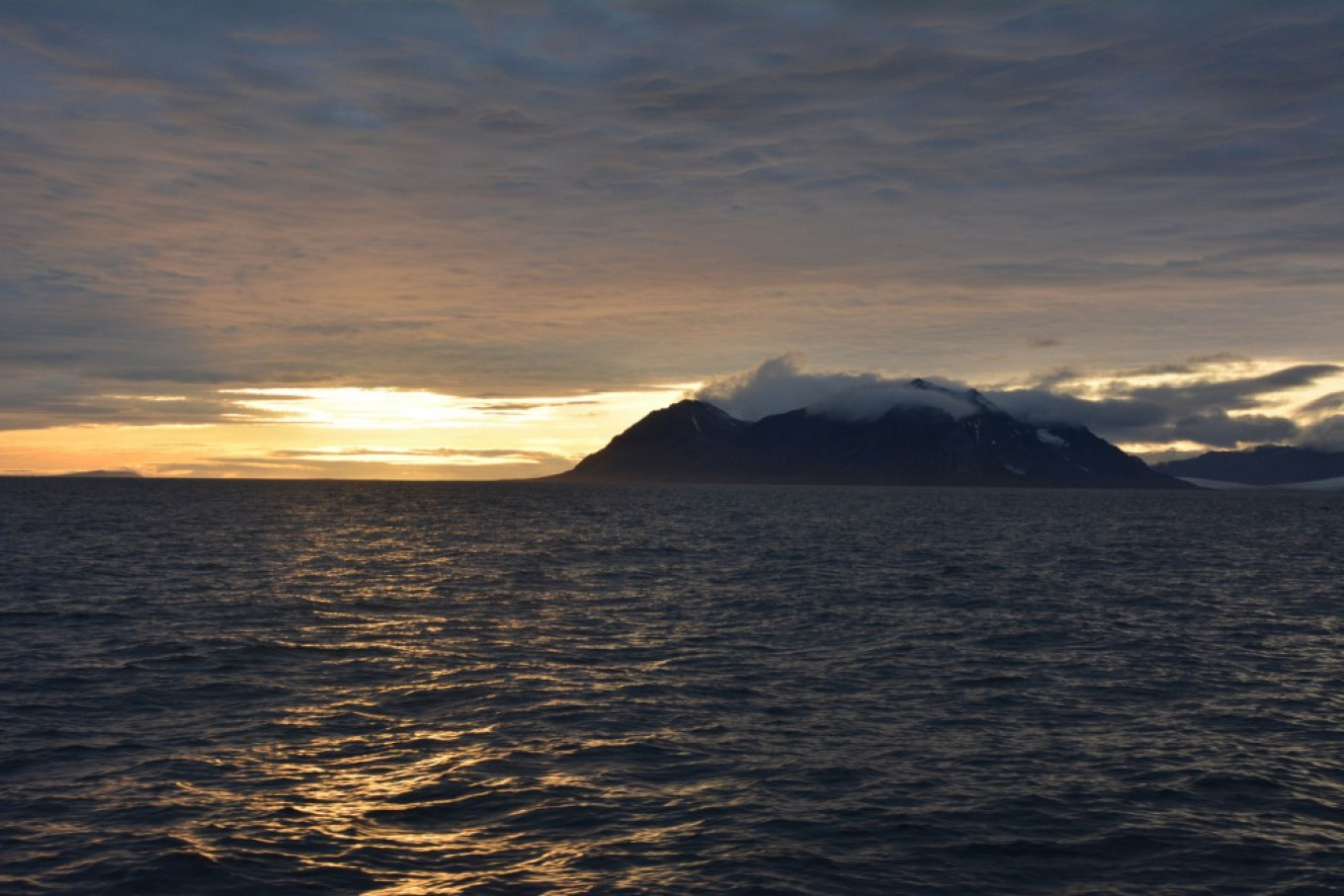
The Russian Arctic archipelagos of Franz Josef Land and Severnaya Zemlya experienced the warmest October on record, with average temperatures on the islands 8 degrees Celsius higher than normal, according to Russia’s meteorological service Roshydromet.
Temperature maps from meteorologists show a belt of warm air stretching across large parts of the Arctic. The biggest abnormalities are seen around Franz Josef Land and Severnaya Zemlya, as well as further west in an area on the northeastern coast of Greenland.
Average temperatures up to 6 degrees higher than normal were registered across the northern Barents Sea and the Kara Sea. Almost the whole central part of the high Arctic region was at least 4 degrees warmer than usual, the maps provided by Roshydromet show.
If the trend continues in November and December, 2019 could be the warmest year on record in the northern hemisphere.
The warm Arctic weather has also been confirmed by the U.S National Snow and Ice Data Center (NSIDC). The center said in a statement that “the summer of 2019 was exceptionally warm, with repeated pulses of very warm air from northern Siberia and the Bering Strait.”
However, not all of the region was warmer than usual. A belt of cold weather persisted over parts of northwest Russia and Scandinavia, and Norwegian meteorologists said October 2019 was the coldest in the country since 2009. Average October temperatures in Norway were 1.4 degrees lower than normal.
With the warmer Arctic comes less polar ice. The extent of the Arctic sea ice for September averaged 4.32 million square kilometers, which is the third lowest in the 41-year continuous satellite record, behind 2012 and 2007, data from the NSIDC says.
The temperature records in the north follow years of warming. A recent climate report from the Russian meteorological institute states that the polar parts of the country have become almost 2.3 degrees warmer over the past 30 years. And in parts of the region, including the Kara Sea, average air temperatures in the period 1998-2018 were as much as 4.77 degrees above normal.
Russian meteorological data from the region stretch back 130 years.

Leave a Reply